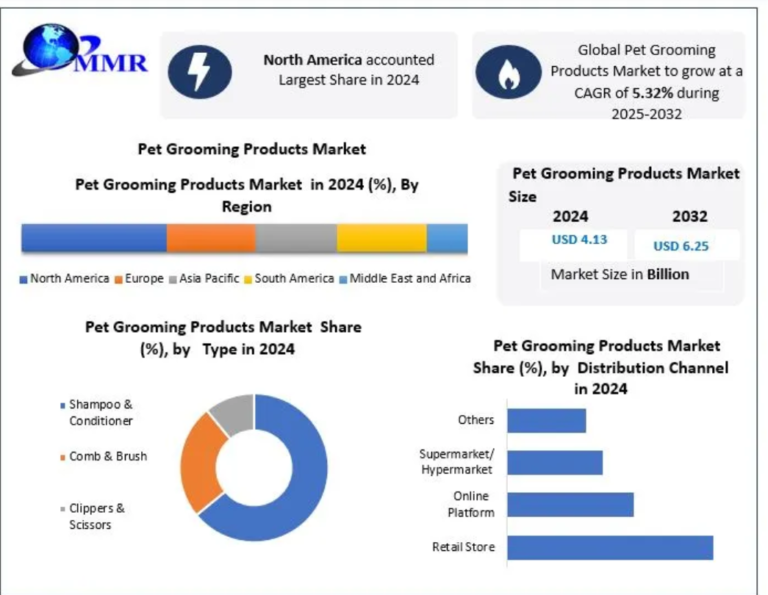In 2025, building a mobile app is no longer a matter of if—it’s a matter of how fast, how scalable, and how smart. Whether you’re launching a new startup or digitizing an enterprise process, the framework you choose plays a critical role in the app’s performance, user experience, and cost-efficiency.
For any mobile app development company, staying ahead of framework trends is essential to deliver fast, secure, and future-ready applications.
Here’s a look at the top mobile app development frameworks making waves in 2025—and why they matter for your next project.
1. Flutter 3.22 – The Reigning Cross-Platform King
Developed by Google, Flutter continues to dominate the cross-platform landscape. Its core appeal lies in writing once, deploying everywhere—iOS, Android, web, and even desktop.
What’s new in 2025?
-
Faster compile times
-
Smoother animations
-
Better desktop and foldable device support
Why mobile app development companies love it:
It saves time and budget, with near-native performance.
2. React Native – Still Holding Strong
React Native, maintained by Meta (Facebook), remains a favorite for building responsive, component-based UIs using JavaScript and React.
What’s new in 2025?
-
New React Native architecture (Fabric)
-
TurboModules and faster loading
-
Seamless integration with Next.js for web apps
Best suited for: Startups and mid-scale apps that need quick development cycles and a strong open-source ecosystem.
3. SwiftUI – The Go-To for iOS-Only Apps
If you’re focused solely on the Apple ecosystem, SwiftUI is now the default choice. Apple has made it incredibly powerful with native performance, seamless animations, and accessibility features.
Why it’s a top choice in 2025:
-
Full compatibility with the latest iOS updates
-
New APIs for Vision Pro and ARKit
-
Enhanced prototyping tools in Xcode
Ideal for: Brands investing in premium iOS experiences.
4. Kotlin Multiplatform Mobile (KMM) – Gaining Ground
KMM allows developers to use a single codebase for Android and iOS business logic while keeping native UIs. It’s a game-changer for teams that want code reuse without compromising platform-specific design.
Why it’s trending in 2025:
-
Stable release with strong JetBrains support
-
Better integration with Jetpack Compose
-
Community adoption is on the rise
Perfect for: Product-focused teams that value both performance and flexibility.
5. Xamarin (Now .NET MAUI) – The Microsoft Edge
Xamarin has evolved into .NET MAUI (Multi-platform App UI) under Microsoft. It allows cross-platform app development with C# and .NET libraries.
2025 improvements:
-
Unified project structure
-
Native controls across platforms
-
Deep integration with Microsoft Azure services
Why choose it: Ideal for enterprise apps or businesses already within the Microsoft ecosystem.
6. Ionic with Capacitor – Web Tech for Native Apps
Ionic continues to be a favorite for developers who prefer HTML, CSS, and JavaScript. With Capacitor, it brings native functionality to web-based apps.
In 2025:
-
Capacitor 5 adds better native plugin support
-
Easier integration with modern JS frameworks like Vue, React, and Angular
-
New tools for PWAs (Progressive Web Apps)
Great for: Teams that need to convert web products into mobile apps quickly.
7. Jetpack Compose (Android) – UI in Kotlin, Simplified
Google’s Jetpack Compose is now the standard for Android UI development. It replaces XML layouts with Kotlin-based, declarative UI components.
Benefits in 2025:
-
Full feature parity with legacy toolkits
-
Native animations and transitions
-
Better tooling and preview capabilities
Ideal for: Android-first apps that want clean, maintainable UI code.
How to Choose the Right Framework for Your App
Choosing the best framework depends on factors like:
-
Target audience (iOS, Android, or both?)
-
Budget and development time
-
Performance expectations
-
UI/UX complexity
-
Integration with existing systems
A seasoned mobile app development company will guide you through this decision based on technical feasibility, long-term maintenance, and user experience.
Final Thoughts
In 2025, the mobile app framework landscape is more diverse and powerful than ever. Whether you’re looking for rapid cross-platform deployment or crafting platform-specific brilliance, there’s a tool built for your needs.
But frameworks alone don’t guarantee success—strategy, design, and execution do. That’s why partnering with an experienced mobile app development company makes all the difference. They not only choose the right stack but also deliver apps that scale, perform, and impress.





